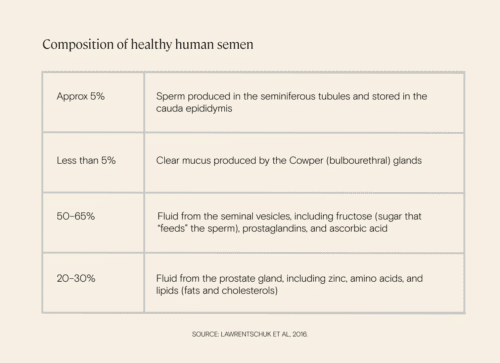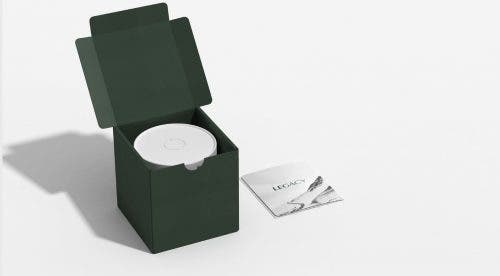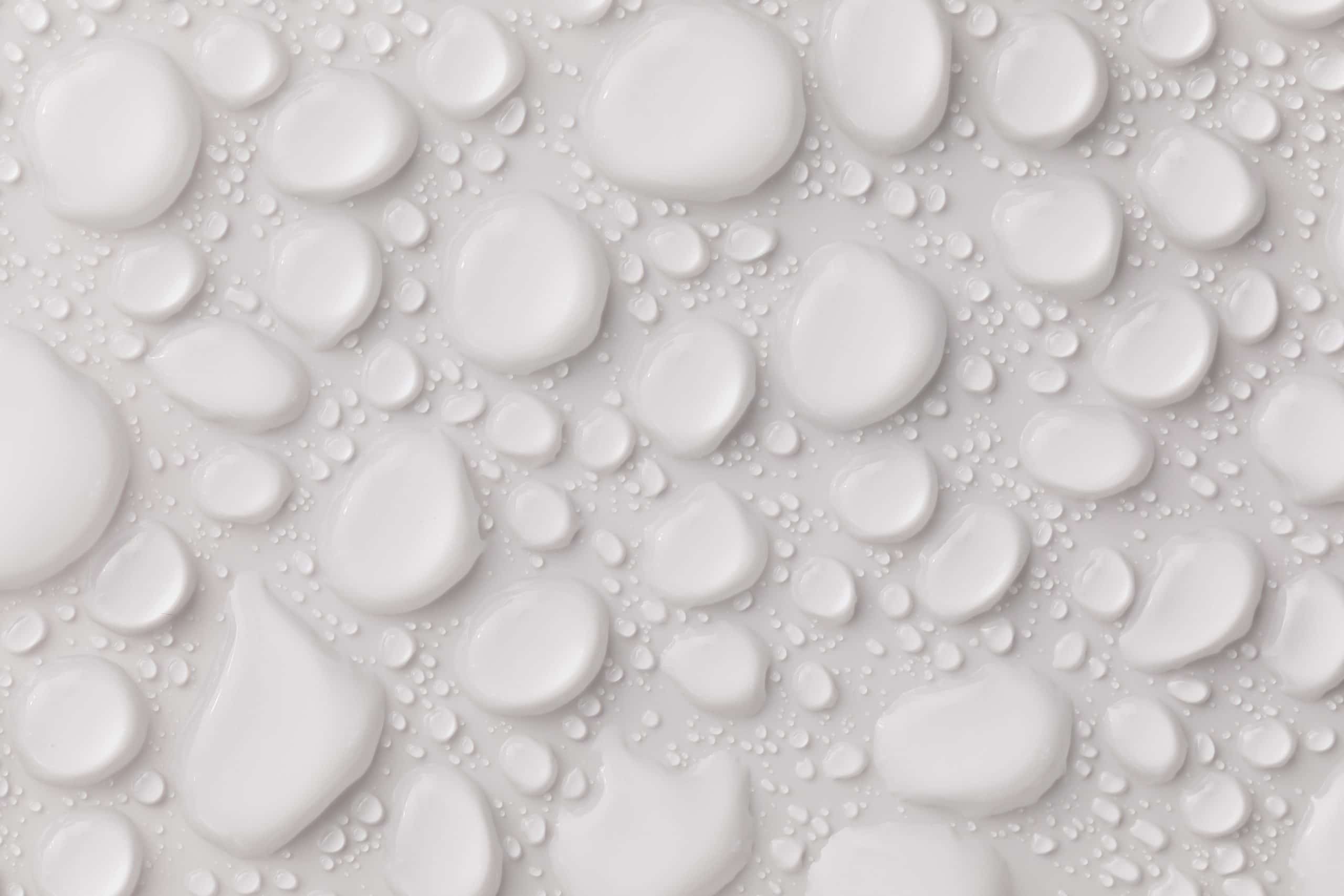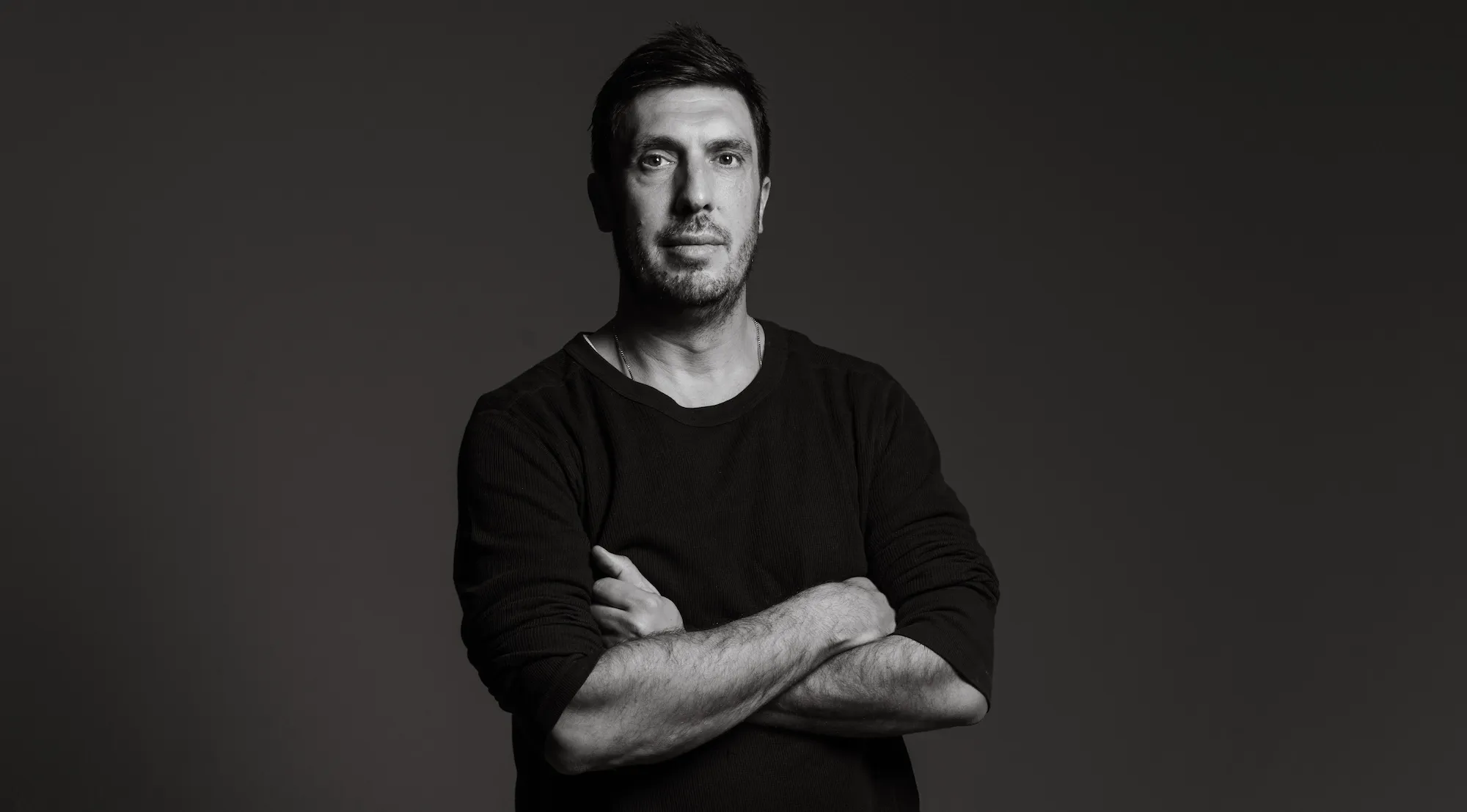We talk a lot about sperm, and for good reason—it’s half of the pregnancy equation. But what about semen, the fluid that carries sperm? What’s even in your semen, and what role does semen play in fertility? Here’s everything you need to know.
What is semen? What does semen contain?
Semen, also called ejaculate or “cum,” is the fluid that comes out of the penis when a person orgasms. It contains sperm, of course, but sperm only constitutes about 5% of the overall semen volume. Semen also contains:
- proteins, such as albumin
- fructose and glucose (sugars), essential energy sources for sperm
- lipid bodies (fats), such as prostaglandins
- sodium
- other trace substances
A fascinating study conducted in 1986 found differences in semen composition based on the method of “extraction.” Semen taken from masturbation samples were not only lower in volume, but also contained less of certain prostaglandins and amino acids than semen obtained from coitus (sex) samples. Interestingly, prostaglandins are thought to play a role in male fertility, and prostaglandin levels in semen are associated with sperm concentration, sperm motility, and testosterone levels.

What is the purpose of semen?
Semen is complex, serving several roles. Firstly, it’s there to feed sperm. The simple sugars present in the fluid, glucose and fructose, provide a power source for the sperm’s tail movement. Powerful tail movement ensures sperm can travel up the vaginal canal and through the uterus and fallopian tubes to penetrate the egg.
Semen also provides shelter from the initial harsh environment of the vagina. Its slightly basic pH—usually between 7.2 and 8—helps sperm make it past the cervical mucus layer and neutralizes the acidic environment that might break down sperm before it reaches the egg. This is called “buffering.”
How is semen produced?
Semen is a mixture of components from different parts of the reproductive system.
Secretions from the Cowper (bulbourethral) and Littré glands make up about 5% of the overall biological identity of semen, including “pre-ejaculate” fluid or “pre-cum” (clear mucus that neutralizes the acid in the urethra before ejaculation).
The prostate contributes 15–30% of semen volume, adding enzymes, citric acid, sugar, calcium, zinc, and magnesium to seminal fluid.
The ampulla and the epididymis, structures in the testicles, supply trace biological markers, such as l-carnitine and neutral alpha-glucosidase, making up only a small portion of the fluid. The cauda epididymis is where sperm is stored prior to ejaculation, although sperm are originally produced in the seminiferous tubules.
The seminal vesicles in the testicles contribute the largest portion of the semen (approximately 50–65%), including energy sources such as fructose, ascorbic acid, and prostaglandins.
How semen is ejaculated
A complex system springs into action every time you have sex or masturbate.
Ducts known as vas deferens transport the sperm from the epididymis to the urethra. Along the way, it mixes with the seminal fluid from the prostate and other glands explained above. This mixture moves through the urethra at high speed, and then out of the penis.
The urethra is the pathway also used for urination. In a healthy reproductive system, a muscle at the entrance to the bladder closes off prior to ejaculation, to prevent semen from entering the bladder. If this muscle doesn’t work as it should—potentially due to nerve damage or spinal cord injury—the semen could flow backward into the bladder instead of out the tip of the pennis, a condition known as “retrograde ejaculation.”
The testicles also play a role in semen quality and volume. The testicles help keep sperm at the right temperature, about 4ºF cooler than the rest of the body. If testicles can’t maintain temperature, maybe because you’ve been soaking in a hot tub or biking in tight clothes, there will be fewer healthy sperm within the seminal fluid.

How much semen is required for pregnancy?
This is a complicated question. There’s no specific amount of semen it takes to get pregnant. Your ability to create a pregnancy depends on your sperm quality and quantity, not solely the volume of semen you produce. However, low semen volume could offer clues that point to issues that affect fertility.
There’s no real “cap” on the amount of semen you can produce, but a typical semen volume is 1–4.5mL. A normal sperm concentration is considered 15 million or more sperm per mL of semen, but researchers have noted that over 40 million sperm per mL of semen is ideal for natural fertility.
Semen testing
A semen analysis looks at the health of your sperm—how many sperm you’ve produced, how well they’re moving, and if they’re properly shaped—as well as semen factors.
- Volume. Volume itself isn’t an independent indicator of fertility, but a low semen volume can point to other issues. Low semen volume could be due to the absence of the vas deferens or problems with the seminal vesicles. It could also point to a blockage, retrograde ejaculation, or infection.
- Semen pH. The “buffering” pH of semen helps protect sperm and allows it to travel through the vaginal canal. Studies suggest that men have higher counts of normal live sperm with neutral or alkaline semen pH. If the pH is off, it may affect the motility and metabolic rate of sperm.
- Antisperm antibodies. A small number of men have antibodies, or immune system proteins, in their semen that actually attack the sperm itself. This may be due to a damaged or altered immune system.
- Viscosity. Viscosity is the term used for the thickness or stickiness of semen. Higher than normal viscosity may denote antibodies in the plasma or a genital tract infection, two things that may contribute to fertility issues.
- Osmolarity or osmotic concentration. Osmolarity is a measure of the concentration of seminal fluid. The higher the osmolarity, the harder it is for sperm to travel freely, potentially reducing motility even inside the vagina.
Not all of these factors are tested in a basic semen analysis—some require more advanced male fertility testing that can be indicated by an abnormal result on a semen analysis. Learn more in our Guide to Sperm Testing.
The analysis of both sperm and semen is part of understanding your fertility. It ensures you have the right understanding of what is going into your quest to start a family. Learn more about at-home semen analysis.

How to improve semen volume and semen quality
There are a few things someone could do to improve overall semen volume and and quality, including sperm count, motility, and morphology.
- Drink more fluids. Dehydration can contribute to lower semen volume.
- Abstain a day or two from sex. Having sex too often can lower semen volume and sperm count, but having sex too infrequently can contribute to lower sperm quality. Learn more about how often to have sex when you’re trying to conceive.
- Eat a balanced diet. Make sure you’re getting plenty of vitamins and nutrients from fruits and vegetables. Folate, for example, may contribute to the morphology of sperm; antioxidants such as vitamin E and vitamin C may contribute to the protective effect of semen.
- Exercise. Some studies suggest that regular exercise may improve sperm motility.
- Quit smoking. Smoking can contribute to both degradation in sperm quality and potentially dehydrate you, leading to lower semen volume.
Learn more in our Guide to Sperm Improvement.
Use testing to plan for your future
Semen testing can give you the tools you need to understand your fertility. With Legacy, this testing can happen in the privacy of your home. You’ll receive confidential results and have a well-rounded picture of any potential fertility challenges, as well as options for improving your overall fertility.
Order your at-home semen analysis kit.



